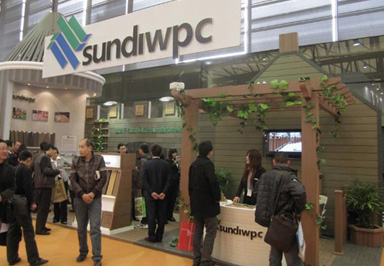In recent years, composite plastic cladding has gained popularity as a sustainable alternative to traditional building materials. However, it is essential to understand the environmental impact of using composite plastic cladding to make informed decisions about its usage in construction projects. This blog explores the benefits and challenges of using composite plastic cladding and its overall impact on the environment.
Composite plastic cladding is made from a combination of recycled wood fibers and plastic materials, making it an environmentally friendly choice for construction projects. By using recycled materials, composite plastic cladding helps reduce the amount of waste in landfills and lowers the demand for new raw materials. Additionally, composite plastic cladding requires minimal maintenance and has a longer lifespan than traditional building materials, reducing the need for frequent replacements and repairs. This durability can also contribute to energy savings and lower carbon emissions over time.
Despite its many benefits, composite plastic cladding also presents some challenges when it comes to the environment. The production of plastic materials used in composite plastic cladding can have a significant environmental impact, including the emission of greenhouse gases and the depletion of natural resources. Additionally, the disposal of composite plastic cladding at the end of its life cycle can pose challenges, as it may not be easily recyclable or biodegradable. Proper disposal methods must be implemented to minimize the environmental impact of composite plastic cladding.
To better understand the overall environmental impact of using composite plastic cladding, a life cycle assessment (LCA) can be conducted. An LCA evaluates the environmental impact of a product from its production to its disposal, considering factors such as energy use, emissions, and resource depletion. By conducting an LCA for composite plastic cladding, builders and designers can identify potential areas for improvement and make informed decisions about its usage in construction projects. This assessment can help minimize the environmental impact of composite plastic cladding and ensure sustainable practices in the building industry.
To reduce the environmental impact of using composite plastic cladding, sustainable practices should be employed throughout its life cycle. This includes optimizing the production process to minimize energy consumption and emissions, incorporating recycled materials whenever possible, and considering end-of-life disposal options. Additionally, ongoing research and development efforts should focus on improving the recyclability and biodegradability of composite plastic cladding to enhance its sustainability. By implementing these practices and considerations, the environmental impact of using composite plastic cladding can be minimized, and the construction industry can move towards a more sustainable future.
In conclusion, composite plastic cladding offers a sustainable alternative to traditional building materials, but it is essential to consider its environmental impact. By understanding the benefits and challenges of using composite plastic cladding, conducting environmental impact assessments, and implementing sustainable practices, builders and designers can effectively reduce the environmental footprint of construction projects. Ultimately, composite plastic cladding has the potential to contribute to a more sustainable built environment, where resource efficiency and environmental responsibility are prioritized.


